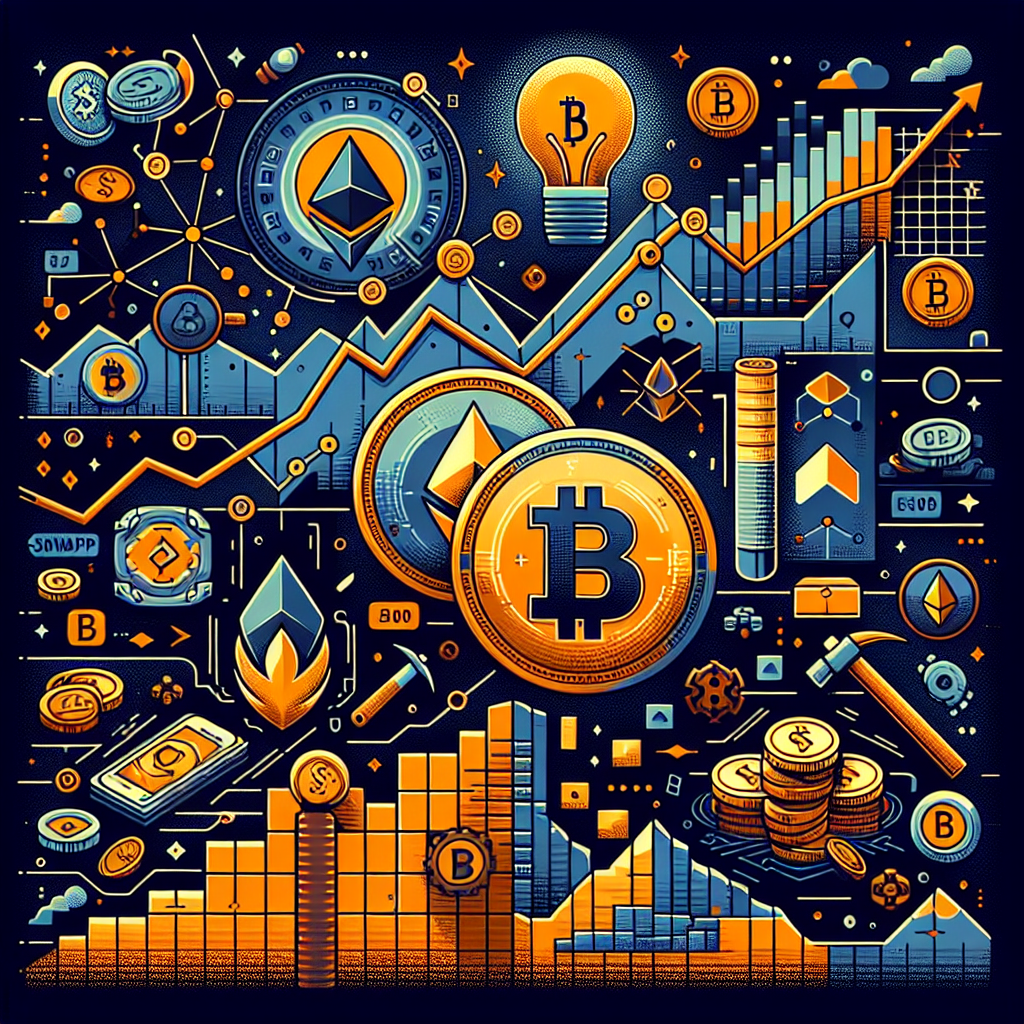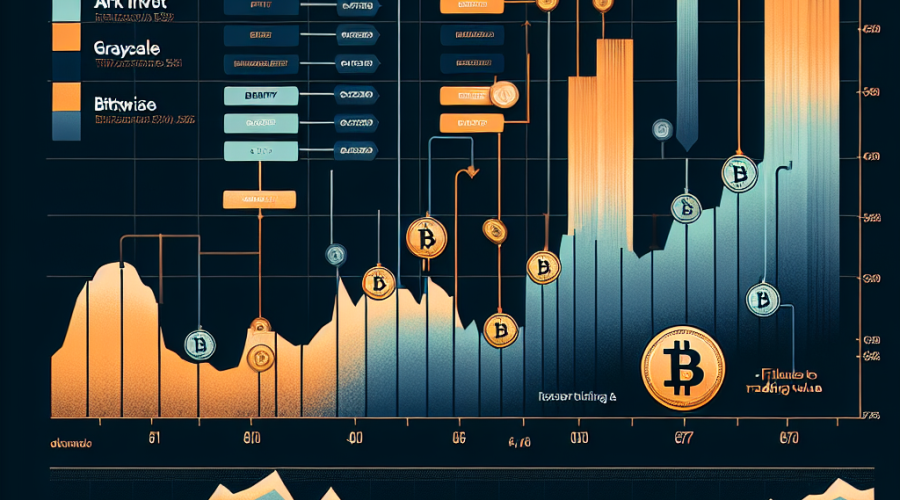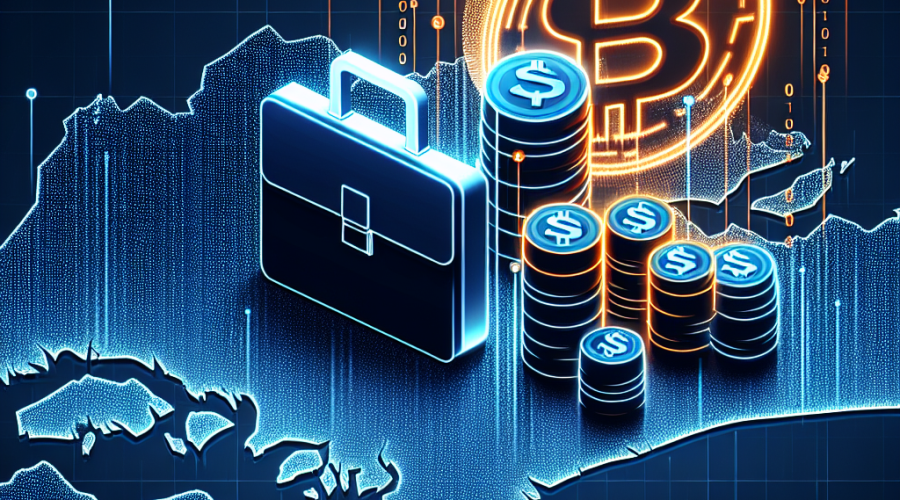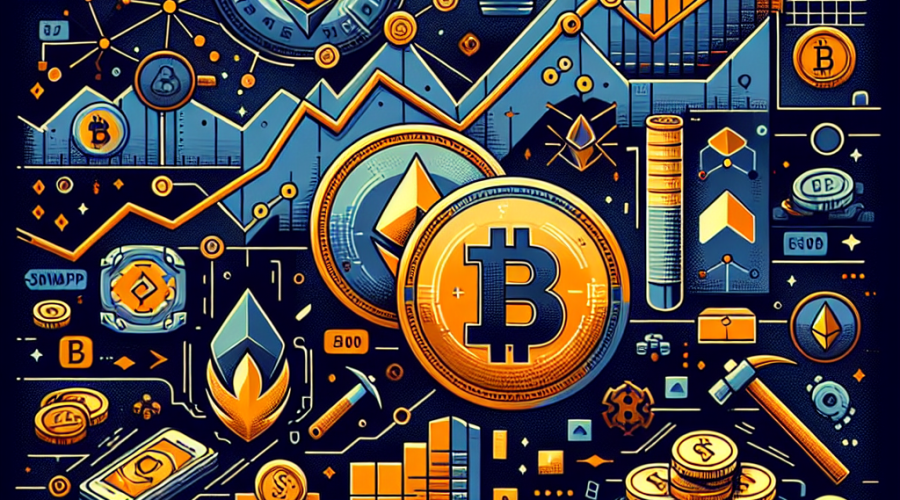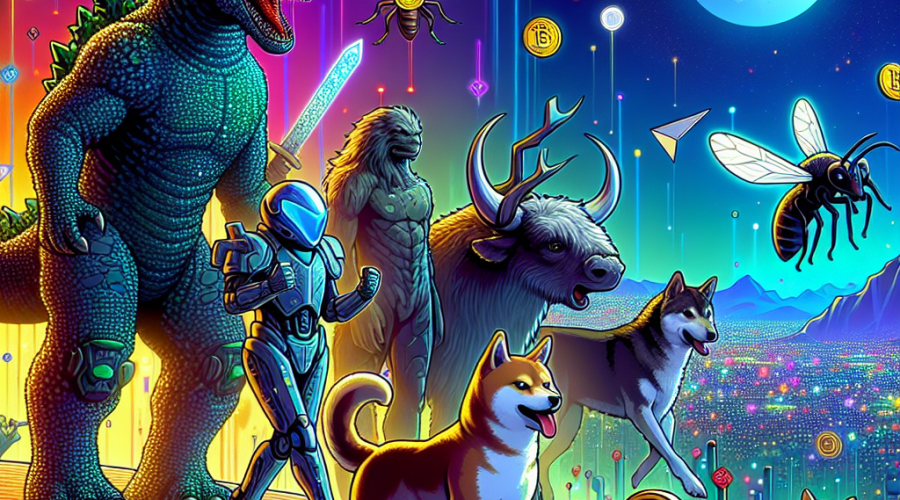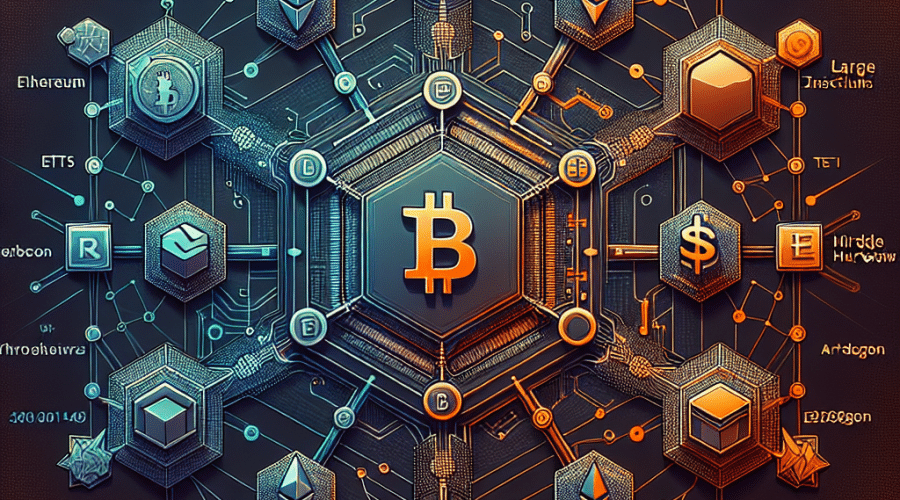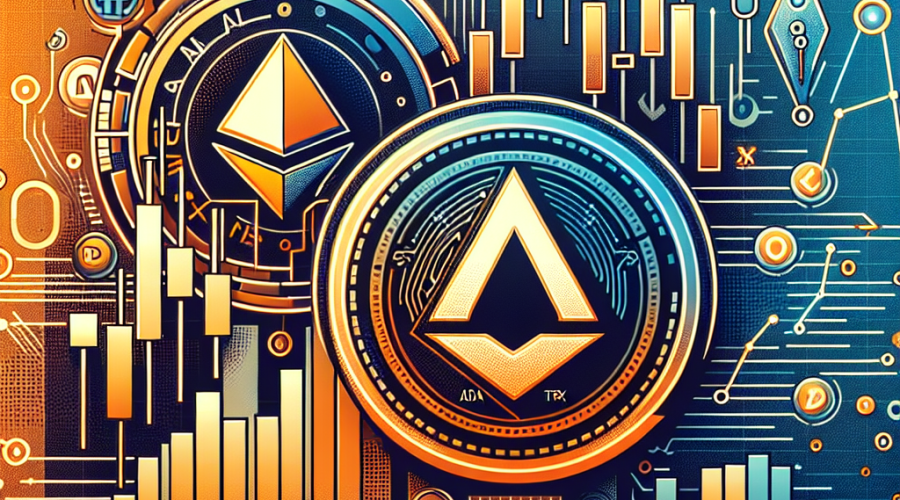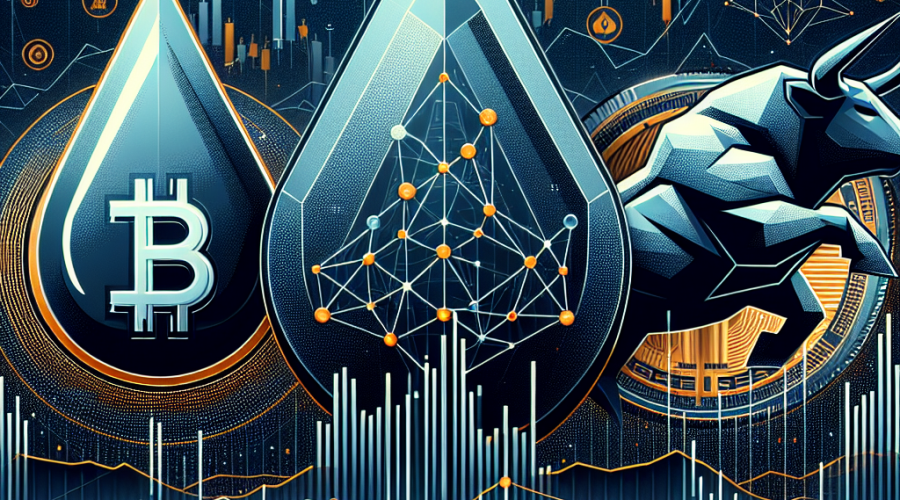The cryptocurrency landscape has been particularly eventful over the past week, as global markets responded positively to landmark political events in the United States, while internal developments within major blockchain protocols shaped token prices and investor sentiment. Market participants closely monitored significant legislative progress on Capitol Hill, the unveiling of Uniswap’s new tokenomics proposal, and the remarkable resurgence of Ore—a unique mining protocol on Solana—showcasing the diverse and ever-evolving dynamics of the digital asset ecosystem.
US Government Shutdown Ends: A Shot of Optimism for Financial Markets
Monday arrived with a sense of relief for investors across world markets, as the US Senate passed a much-anticipated bill to end the longest government shutdown in the nation’s history. The House of Representatives followed suit with speedy deliberations, paving the way for President Trump to sign the agreement into law. Under the terms of this deal, the federal government secured funding through January 30, 2026, although this comes with the backdrop of a continued $1.8 trillion annual deficit.
This legislative breakthrough sparked a broad rally across major asset classes. In commodities, gold led the charge, posting a notable 2.51% gain after three weeks of trading within a narrow band. Meanwhile, Bitcoin—often considered a digital safe haven—bounced back 1.24%, breaking a two-week streak of ETF net outflows, which had recently reached $2 billion. Almost half the outflows originated from BlackRock’s IBIT product, which analysts now watch closely to determine whether capital inflows will resume in response to market stabilization.
However, some of the most significant moves occurred in crypto-native indices. The Ethereum ecosystem index surged 7.9%, paced by Uniswap’s dramatic 40% rally, while the Solana ecosystem index advanced 5.2%, led by the token PUMP. PUMP’s daily buybacks continue to exceed $1 million, resulting in an 11% reduction in its circulating supply since July—impressive figures that have not gone unnoticed by traders and observers.
Uniswap’s Fee Switch Proposal: Realigning Incentives and Value for UNI Holders
In the world of decentralized finance, few announcements have garnered as much attention as Uniswap’s latest governance initiative, which proposes a dramatic overhaul of token economics and ecosystem incentive structures. Historically, Uniswap Labs accrued all protocol revenue, leaving UNI token holders with little direct benefit from the platform’s success. This arrangement epitomized the challenging “conflicting equity-token” paradigm that plagues many decentralized protocols, raising persistent questions about the alignment of network value and token holder rights.
On Monday, Uniswap Labs—supported by the Uniswap Foundation—made waves with a bold governance proposal to turn on the long-dormant fee switch and systematically unify the protocol’s incentives. The proposal, introduced by founder Hayden Adams, calls for the activation of Uniswap protocol fees, utilizing a novel burn mechanism to destroy UNI tokens programmatically. In an acknowledgment of lost opportunity for UNI holders, the plan features a retroactive burn of 100 million UNI tokens from the treasury to compensate for years when token holders missed value accrual.
The changes don’t stop at tokenomics: the proposal redirects all Unichain sequencer fees (post-L1 costs and a 15% allocation to the Optimism ecosystem) into this burn mechanism. Additionally, the plan collapses most Uniswap Foundation functions into Uniswap Labs, freeing up a 20 million UNI annual growth budget dedicated to protocol adoption. In a move likely to drive additional user engagement, Uniswap Labs also proposed eliminating takerates on its frontend app, wallet, and API.
This shift establishes a tangible link between UNI tokenholder prosperity and protocol revenue—a direct answer to years of criticism regarding the token’s lack of value accrual. Yet, there are open questions about what constitutes a fair market value for UNI, especially given the protocol’s declining dominance in the decentralized exchange (DEX) sector. Uniswap’s market share has dropped precipitously, from more than 60% in October 2023 to less than 15% in recent weeks, reflecting broader competitive pressures and the continued rise of protocols built on Solana and Base, like Aerodrome.
While Unichain’s network activity remains subdued, with weekly DEX volume dropping to its lowest point since mid-April ($925 million), there are glimmers of optimism in revenue data. Over the past 30 days, Unichain’s $460,000 in network revenue corresponds to a $5.52 million annualized run rate—of which 84% represents margin—destined for token holders under the proposed new structure.
Despite these positive signals, a look at broader market data reveals that even after accounting for the retroactive burn, the “price-to-sales” ratio of UNI appears lofty compared to several peer protocols, raising questions about whether the market has adequately priced in the proposed reforms. Nevertheless, recent dashboards and data analysis show that if the mechanism had been active this year, the protocol would have burned nearly $150 million worth of UNI tokens, hinting at the scope of potential value return to holders.
Ore’s Triumphant Return: Reinventing Mining Games on Solana
While Uniswap commanded headlines, another protocol won the hearts and risk appetites of the crypto community. Ore, a unique “proof-of-work” mining game on Solana, continued to capture attention as it rebounded from early setbacks. Ore first launched in April 2024, allowing users to mine using a decoupled “work” mechanism that was separate from the network’s core consensus. Initial traction was tremendous, with Ore-related mining quickly accounting for up to 16% of all Solana transactions.
However, the protocol soon faced severe Sybil attacks and network spam, leading to significant performance degradation on Solana and the abrupt suspension of mining just two weeks after launch. Not to be deterred, Ore’s enigmatic founder, known as Hardhat Chad, embarked on a period of redesign, intent on making the protocol less susceptible to exploits while amplifying its appeal as an on-chain game.
Ore’s v2 update, rolled out in August 2024, introduced several innovations. By implementing a “difficulty multiplier”—whereby mining rewards exponentially favored those submitting the most challenging hashes—the protocol deterred Sybil strategies and encouraged users to consolidate hashpower under a single address. The introduction of a “staking multiplier” further incentivized users to stake ORE tokens, amplifying mining rewards proportionally.
The anticipation for v2’s launch was sky-high, with ORE’s price jumping from $200 to $1,400 prior to deployment. However, issues of inflation and rapid price correction followed, raising existential questions about whether the protocol could find a sustainable product-market fit. Over subsequent months, the Ore team iterated relentlessly, experimenting with governance-backed liquidity rewards and refining the user incentives underpinning the mining game.
A major breakthrough came in October 2025, with the release of a new Ore mining paradigm. The protocol now utilizes a novel “grid” system: miners stake SOL (Solana’s native token) across a 5×5 grid, and at the end of each one-minute round, a winning tile is selected randomly. The miners staking on winning tiles share the pooled SOL from losing tiles. Simultaneously, 1 ORE is distributed to winners, and a fraction of ORE (0.2) is allocated to a “Motherlode” jackpot, which accumulates until claimed with a 1-in-625 chance per round.
Additional gamified elements, like a 10% “refining fee” on ORE withdrawals that’s remunerated to remaining miners (in proportion to their unclaimed balances), encourage winners to keep their tokens in the protocol. Meanwhile, Ore charges a 10% takerate on SOL rewards, with 90% of this buyback-and-burning ORE and the remaining 10% going to ORE stakers. This tight feedback loop between participation, staking, rewards, and token burning has provided the protocol with newfound momentum.
Ore’s performance since the redesign is nothing short of remarkable. In the past month, active miners, the proportion of staked tokens, daily participation, and overall protocol revenue have all skyrocketed—accompanied by a substantial rally in the ORE token price. In one 24-hour stretch, Ore generated over $1 million in revenue, making it the second highest-earning application on Solana for that day, surpassed only by pump.fun, a leading meme-token platform.
Critically, Ore’s appeal lies not just in monetary return—indeed, on a per-step basis, mining can be negative expected value (EV)—but in the gamified play and psychological appeal of risk and reward. Miners continue to flock to the protocol despite theoretical unprofitability, lured by high staking yields (22%) and even higher returns (150%) on unrefined ORE. In this way, Ore epitomizes the enduring popularity of risk-based, “casino” dynamics across the crypto sector, where participants seek entertainment, community, and a shot at unpredictable upside.
Conclusion: A Market Defined by Change and Experimentation
This week’s events underscore several enduring truths within the crypto industry. Markets are highly sensitive to macroeconomic and political developments—such as the US government’s fiscal negotiations—which set the broader backdrop for digital asset flows. Internally, protocols like Uniswap demonstrate the sector’s willingness to evolve governance and tokenomics, seeking to realign incentives after periods of stagnation or controversy. Meanwhile, experiments like Ore show the ecosystem’s penchant for gamification and user creativity, sustaining demand in ways traditional finance can scarcely imagine.
As decentralized platforms continue to navigate technical, economic, and regulatory challenges, success will likely belong to those most willing to adapt, experiment, and respond to community feedback. Whether through sweeping governance reforms, innovative product design, or creative new takes on mining and participation, the blockchain world remains defined by its relentless search for alignment—and for the next breakthrough that can capture users’ imaginations, capital, and commitment.


